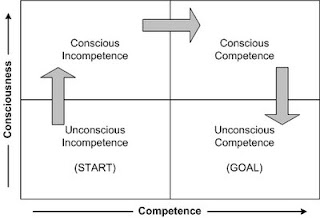This week, I read a lot about WISE (Web-based Inquiry Science Environment) projects. The project’s creation was motivated by a state and national call for inquiry learning, which the creators found was minimal in the science class room. WISE is based on a knowledge integration framework. Their research indicated that students try to make sense of complex phenomena, but were unable to interconnect these ideas or apply them to new problems or phenomena (Slotta & Linn, 2009). The knowledge integration framework emerged to make sense of ideas that students bring to class with them, make learning of science more efficient (through an inquiry method), and help connect existing ideas with new ideas.
According to Linn, Clark and Slotta (2003), there are 4 tenants of knowledge integration framework:
- Make learning accessible
- Make thinking visible
- Learn from others
- Promote autonomy
Each WISE project is created with these tenants in mind. It also follows a general instructional pattern as follows:
- elicit repertoire of student ideas
- add promising normative ideas to the mix
- support process of combining, sorting, organizing, creating and reflecting to improve student understanding
So far in this course, we have been introduced to the Jasper series as well as WISE projects. I believe the main difference between the two is the degree of guidance or scaffolding that is provided. In the Jasper series, a more generative process is desired. Whereas the WISE projects have inquiry maps which provide students with a guide during their inquiry process. I think both approaches are valuable, and one will appeal to some students more than others, and this distinction is based on personal preference, degree of autonomy and level of knowledge. Both strategies are highly adaptable, and the Jasper series could be used in a more guided process, just as the WISE projects can be adapted to provided less guidance.
In terms of how I would use wise, I think it is very similar to case based learning at our institution. I think I would be able to create a WISE project using some of the case based learning integrated with some lecture material to provide normative information. The customization I would perform is only to the inquiry map. As mentioned by Linn, Clark and Slotta (2003), if the inquiry steps are too precise, students fail to engage, but if too broad, students may be easily distracted and not motivated to complete the project. Based on the type of learners I have, I think I can make the inquiry steps a little broader.
References
Linn MC, Clark D, Slotta JD. WISE design for knowledge integration. Science Education. 2003;87(4):517-538. doi:10.1002/sce.10086.
Slotta JD, Linn MC. WISE Science: Inquiry and the Internet in the Science Classroom. Teachers College Press. 2009.


 Minority Report
Minority Report